Overview
Map
Other Details
كنيسة مار جرجس
Qlaiaa
Marjaayoun
Nabatieh
كنيسة مار جرجس - القليعةهي كنيسة البلدة الرعائيّة. بُنيت سنة ١٩٠٠ بسعي الخوري عبدالله لاشين، وكرّسها المطران بطرس البستاني مطران صور وصيدا آنذاك. الكنيسة بازيايكيّة الطراز بثلاث أروقة، والعقد يجتمع بقبّة دائريّة مزيّنة بجداريّة المسيح الفادي محاطًا بالإنجيليّين الأربعة. اللوحة الأساسيّة من عمل داوود القرم. أمّا الكنيسة من الخارج فهي بالحجر المقصوب مزيّنة بلونين من الحجارة.The church of St George - QlayaaThe parochial church of the town, the church was built in 1900 with the efforts of Fr. Abdalla Lachin and dedicated by Mgr. Boutros el Boustany archbishop of Tyr and Sidon back then. The church follows a basilical floor plan with three naves, and a circular dome decorated with a fresco of Christ the Redeemer surrounded by the four evangelists. The main painting of St George is by Dawoud el Qorm. The facade of the church is a decorative alteration of two kinds of colored stones.
Visited 5479 times, 1 Visit today


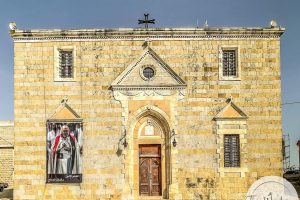

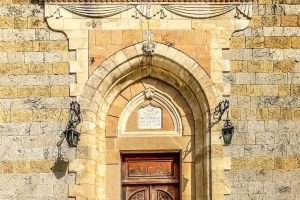


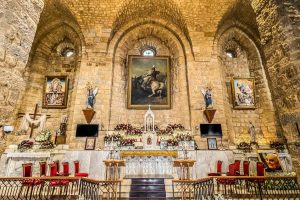
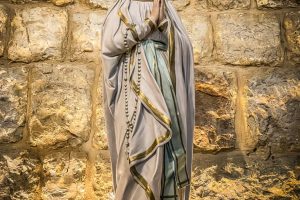
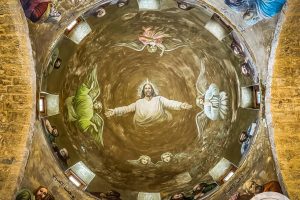
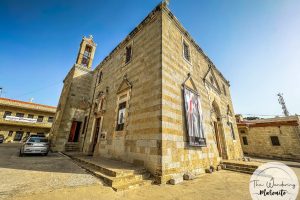









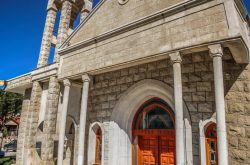
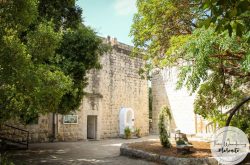
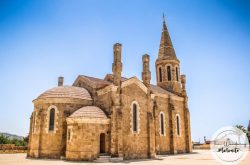
Reviews are disabled, but trackbacks and pingbacks are open.